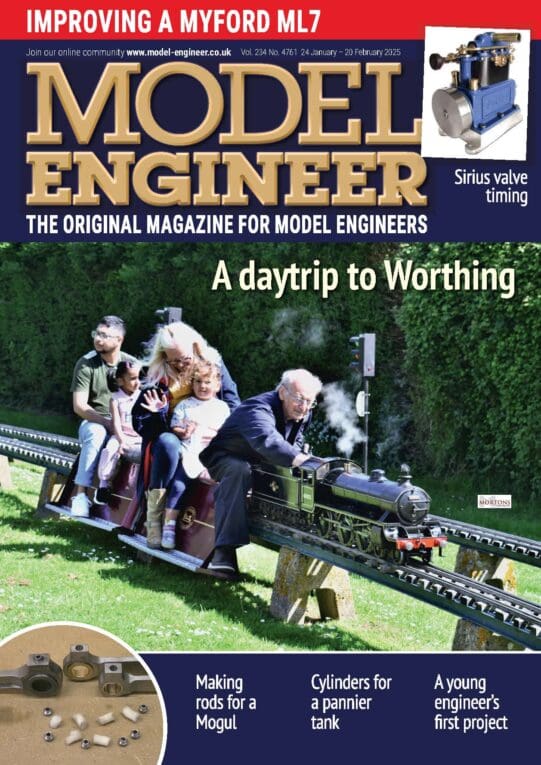First thoughts on updating the Exactus Fine Feed:
The Eccentric drive and Ratchet arrangement is very ingeneous; but I believe it could usefully be replaced by a simple pulse generator, driver circuit, and stepper motor.
The new generation of stepper motor drivers is extremely efficient and very easy to implement.
For our purposes, the best option is probably the
A3983 from Allegro Microsystems.
This extraordinary little device takes all the hard work out of the job. [for a full description, see the dataheet hyperlinked above].
The device comes as a "Surface Mount" package, and the thought of soldering it would worry most of us!
Fortunately, it is readily available built into a plug-in module … and we only need basic soldering skills to complete the job. Modules are available from several suppliers, but I have been very impressed with the
JAFmotion MicroStep.
I won't labour it here … the details are on the website, and it really is as easy as it looks!
Highlights are:
Wide voltage range
Presettable current
Choice of stepping modes [full steps, 1/2, 1/4, or 1/8 steps]
Stepping mode can be changed whilst the circuit is powered.
So far as I can see; the only way to destroy this is by disconnecting the motor whilst powered.
Power requirements are 5V for the circuitry and something suitable for the motor
… I start with 12V, but the chip can handle up to 35V.
Both voltages are DC, and various laptop or games console power supplies may be suitable if you don't want to build one.
A pulse generator might be as simple as a Reed Switch, actuated by a small magnet.
… There are numerous alternatives, according to taste.
As supplied, and without additional cooling, the A3983 will safely drive up to 1.2A per phase.
… This is sufficient for a surprisingly powerful stepper motor.
Now to Stepper Motors:
For years these were a mystery to many … not least because of the wide variety of wiring arrangements.
Anything between four and eight leads, and no apparent standard for the colour code.
It's much easier now, because A3983 and similar are BiPolar drivers [i.e. the outputs change polarity], and we only need connect four leads to the driver: The others are either joined together, or left unconnected, according to the impedance that we want for each phase [happy to explain this further if anyone needs help].
So [assuming we use A3983] we need a stepper motor with four or more leads, that will provide adequate torque when pulling no more than 1.2A. There should be plenty to choose from.
I have put some photos in an album, showing an old Burroughs Dot Matrix printer that I stripped for parts. Both motors are 48 steps per rev, but the coil impedances are quite different … one is 8.5 Ohms per phase, the other is 50 Ohms per phase. Note that there is no voltage specified.
These are "tin can" motors, simply fixed via two screws.
The other standard frame is NEMA, which comes in various frame sizes; the most likely candidates being 17 and 23
Note that these are usually 200 steps per rev.
… There are useful details in [for example] the ArcEuroTrade catalogue.
Sorry if this post is a little disjointed … but hopefully there is enough to spark some interest.
If someone could please check what torque is reasonably required to drive the leadscrew, then we can make some informed choices.
MichaelG.
Nigel Graham 2.







